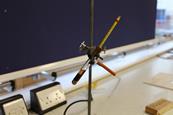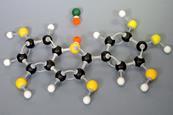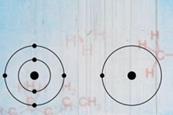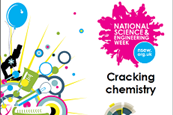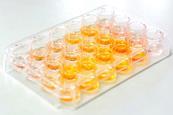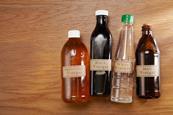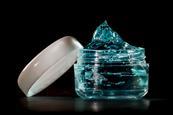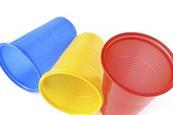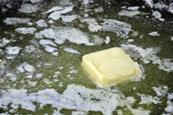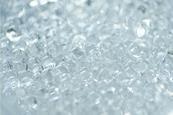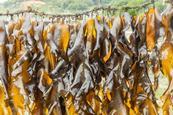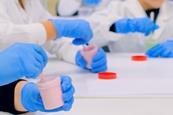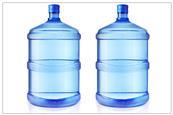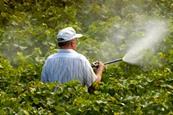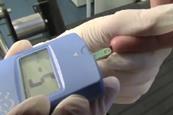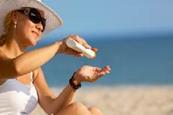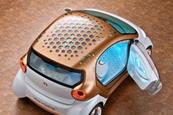- Home
- I am a …
- Resources
- Collections
- Remote teaching support
- Starters for ten
- Screen experiments
- Assessment for learning
- Microscale chemistry
- Faces of chemistry
- Classic chemistry experiments
- Nuffield practical collection
- Anecdotes for chemistry teachers
- Literacy in science teaching
- More …
- Climate change and sustainability
- Alchemy
- On this day in chemistry
- Global experiments
- PhET interactive simulations
- Chemistry vignettes
- Context and problem based learning
- Journal of the month
- Chemistry and art
- Classic chemistry demonstrations
- In search of solutions
- In search of more solutions
- Creative problem-solving in chemistry
- Solar spark
- Chemistry for non-specialists
- Health and safety in higher education
- Analytical chemistry introductions
- Exhibition chemistry
- Introductory maths for higher education
- Commercial skills for chemists
- Kitchen chemistry
- Journals how to guides
- Chemistry in health
- Chemistry in sport
- Chemistry in your cupboard
- Chocolate chemistry
- Adnoddau addysgu cemeg Cymraeg
- The chemistry of fireworks
- Festive chemistry
- Collections
- Education in Chemistry
- Teach Chemistry
- Events
- Teacher PD
- Enrichment
- Our work
- More navigation items
Carbon chemistry
Classroom resources featuring activities from our Carbon Chemistry professional development course for teachers
This collection is most valuable to those who have attended this course and wish to put into practice with their students some of the ideas and activities presented as part of that event. Please note that this list is not exhaustive; not all trainer activities have a corresponding classroom resource. In some circumstances there is variation between the training resource and classroom resource.
The fractional distillation of crude oil
Try this class practical or demonstration to simulate the industrial fractional distillation of crude oil. Includes kit list and safety instructions.
Cracking hydrocarbons in liquid paraffin with a catalyst
Model the industrial process of cracking larger hydrocarbons to produce smaller alkanes in this demonstration or class practical. Includes kit list and safety instructions.
Cracking hydrocarbons on a microscale
Use this microscale experiment to illustrate hydrocarbon cracking using paraffin, bromine water and aluminium oxide. Includes kit list and safety instructions.
Hydrocarbons factpack
An introduction to hydrocarbons. Learn how unreactive alkanes can be made into reactive alkenes.
Cracking Chemistry!
Work your way through these fun chemistry practicals developed by National Science & Engineering Week.
Making nylon: the ‘nylon rope trick’
The ‘nylon rope trick’ is a classic of chemistry classrooms, by mixing decanedioyl dichloride and in cyclohexane you can create a solution that will form nylon strings when floated on an aqueous solution of 1,6-diaminohexane. Kit list and safety instructions included.
Making esters from alcohols and acids
Investigate the reactions between a range of alcohols and acids by producing a variety of esters in this class experiment. Includes kit list and safety instructions.
A microscale oxidation of alcohols
Use this practical to investigate the oxidation reactions of various alcohols with acidified potassium dichromate. Includes kit list and safety instructions.
The properties of alcohols
Ethanol and propan-1-ol are tested for pH, reaction with sodium, combustion and oxidation with acidified dichromate(VI) solution. Includes kit list and safety instructions.
The acidic reactions of ethanoic acid
Explore the properties of ethanoic acid as a weak organic acid in this class experiment. Includes kit list and safety instructions.
Investigating hydrogels in nappies and hair gel
Investigate hydrogels as polymeric smart materials in this series of activities using nappies and hair gel. Includes kit list and safety instructions.
Polymer puzzles
This activity is designed to develop the students’ higher order thinking – particularly critical thinking skills – in the context of problem solving. It should help students to recall the facts about some common polymers.
Unsaturation in fats and oils
Use this class practical to investigate the amounts of unsaturated fats and oils in different foods. Includes kit list and safety instructions.
Hydrogels in plant water storage crystals
Investigate plant water storage crystals as one application of hydrogels in this fun class practical. Includes kit list and safety instructions.
Cross-linking polymers – alginate worms
With a collection of equipment easy to find in your classroom, learners can form alginate polymer ‘worms’ and explore cross-linking polymers
The ‘breathalyser’ reaction | 16–18 years
Try this demonstration to recreate an early ‘breathalyser’ test, passing ethanol vapour through potassium dichromate. Includes kit list and safety instructions
PVA polymer slime
In this fun class experiment student will make slime by adding borax solution to PVA. Includes kit list and safety instructions.
The ‘whoosh’ bottle demonstration
This exciting demonstration is a combustion reaction where a mixture of alcohol and air in a large bottle is ignited. Includes kit list and safety instructions.
Graphene: future applications
Watch a video explaining the types of carbon, making graphite, the properties and uses of graphite
Faces of Chemistry – Crop protection
Discover how crop protection products from Syngenta help to increase yield and produce healthier crops.
Faces of Chemistry – Biosensors
Find out how scientists at the material science laboratory, QMUL, develop biosensors to enhance sport performance.
Faces of Chemistry – Hair colourant
Learn about the chemistry of hair dyes from Procter and Gamble scientists.
Faces of Chemistry – Catalysts
Find out from scientists at Johnson Matthey how catalytic converters reduce harmful emissions produced by vehicles.
Faces of Chemistry – Women in Chemistry
Follow the adventures of eight leading women in chemistry and celebrate the common element that catalysed their journeys: a life-changing, chance-taking, thrill-seeking love of science.
Faces of Chemistry – Sun lotion
Learn from scientists at Croda about how the chemistry behind sun lotions helps protect our skin from damaging ultraviolet radiation.
Faces of Chemistry – Packaging gases
Discover how scientists from BOC remove gases from the air and use them in food packaging and processing.
Faces of Chemistry – Organic solar cells
Explore the chemistry of organic photovoltaics (organic solar cells) as a scientist from BASF explains the technology used in the Smart Forvision car.












